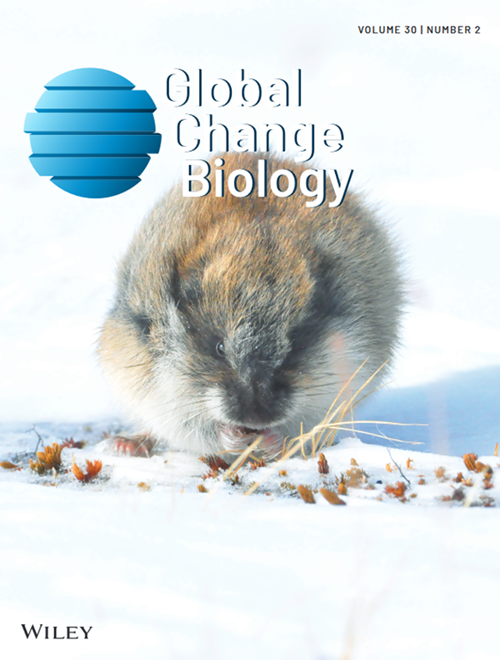Nitrogen (N) enrichment leads to an imbalance of N and phosphorus (P) in plants by enhancing plant N:P, with consequences for ecosystem processes and function. However, the evidence for a plant N–P imbalance is predominantly from studies on aboveground tissues. It remains unclear whether imbalanced aboveground responses would be paralleled by similar responses in roots, which contribute to nearly 70% of total biomass in grasslands globally. We measured community-level N:P stoichiometry of both shoots and roots to 1 m depth across a wide-ranging N addition gradient in a temperate steppe after 7–9 years of treatment. Both shoot N:P (SNP) and root N:P (RNP) showed nonlinear responses to increasing N addition rates, where N:P first increased and then saturated. RNP was significantly higher than SNP and saturated at higher N addition rates than SNP (39.0 vs. 16.8 g N m−2 yr.−1). Furthermore, the inter-annual stability of RNP was higher than that of SNP. Consequently, N:P in whole plants was higher than that in shoots, indicating more severe N–P imbalance than based on shoot measurements only. Previous results from aboveground parts might have underestimated the enhancement of N enrichment on plant N:P. Our results imply that belowground food webs with roots as their food resource would be more severely suffering from N–P imbalance than aboveground food webs.



